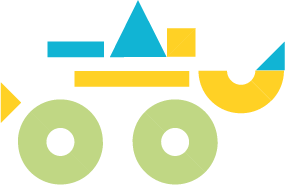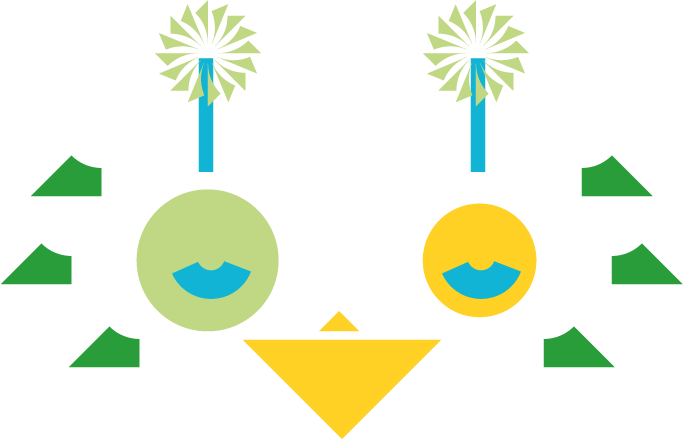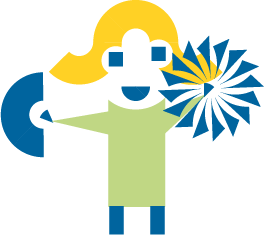Introduction
What are we talking about, when we are talking about an Open Source Circular Economy? How would an Open Source Circular Economy look like, on a daily bases? What products, what services would exist?
To make it easier to envision this we (@Jaime @sharmarval @Silvia @Gien @Lars2i) provide this list with simple ideas. You can consider each bullet point a potential challenge, to take on.
Pls. contribute
Is there anything missing on the list? Suggest things to add, below in the comments.

The List
All things Open Source of course.
Most if not all of this solutions should be durable, energy efficient, cost-effective, at least as practical as current solutions, reusable, repairable, recyclable and harmless to humans and the environment.

Housing
-
Open, renewable, non-extractive, maybe bio-sourced materials to build houses.
-
Modular construction systems for houses, easy to assemble and disassemble, easy to reuse and repurpose.
-
Commonly known and widespread ways and infrastructures to transform old buildings and building materials into circular buildings or parts and structures, for future buildings. „Hack“ non circular structures into circular ones.
-
Circular sanitation systems: Cities and houses have easy to install, hygienic, and open systems to win back phosphate to grow food and provide it to farmers. (Phosphate is an exhaustable resource and absolutely essential for growing food. We are about to run out of phosphate…)
-
Open, easy to install and circular techniques and tools to make existing houses or living in them consume less energy.

Stuff – Everyday Products
-
Circular packaging: elegant, hygienic, open and circular food packaing solutions.
-
General avoidance of fossil based plastics or non-biodegradalbe bio based plastics. Instead an open list of circular material substitutes for them. This is combined with a general common understanding how problematic plastic is. You need a really good reason to use it and take good care to make sure it does not end up in the environment. – Challenge: Take the next product around you made from plastic or including plastic and think of an alternative.
-
Circular and open replacement for inks, dyes, paints, laquers. Biodegradable, recyclable or at least non-toxic/harmless for the biosphere.
-
Modular furniture – connectable to other structures and systems, easy to reuse, repurpose, build upon…
-
Energy & material efficient circular light bulbs/circular lighting solutions. (LED & Energy Saving lamps are energy efficient but toxic and not fully recyclable.)
-
Electronis 1: Modular Electronics, easy to repair, dismantle, reuse, upgrade and recycle - to win back rare materials.
-
Electronics 2: Infrastructures and simple automated tools and databases to repair and reuse (upcycle) computer chips, boards & microcontrollers – prolong their live. Un-black-box them would be a first step. Develop the right tools the next one …
-
Circular Textiles: Durable clothing (lasting materials, smart cuts, “classic” & timeless designs, openly modular constructed and easy to repair) – made with non toxic fabrics and inks (biodegradable or recyclable) – connected to a good system for recovery and actual recycling of materials (most probably decentralized and open).

Transportation & Mobility
-
Affordable, open, circular designed and inclusive mobility alternatives using no fossil fuels and using little public space
-
Products with open and simple designs, easy and cost-effective to produce locally – to reduce the need for transportation.
-
Vehicles with non-toxic, biodegradable emissions into the public sphere and biosphere (for example: non-toxic replacements to oil, paint, engine lubricants, tyre wear particles and other chemicals from cars.)

Energy
-
Affordable, open and circular designed technologies for renewable energy (Sun, Wind, Biogas, Hydropower, +) - for production and storing.
-
Circular insulation systems for houses & machines.

Policy & Society
-
Sharing and renting has replaced owning in more areas – or is at least a very strong and well developed concept.
-
New types of organisations and businesses compatible with OSCE have been invented and are connected.
-
Systems and life-styles focussed on other things then consuming products. These life-styles are invented and famous, well communicated and politically supported. (Allowing the economy to slow down.)
-
We have found sway to deal with overcapacities in production other then prize wars or inventing new products and come up with aggressive advertising strategies to sell them.
-
Better ways to distribute wealth in the society then attaching it to the (payed) work every individual is doing. This is to take down the pressure to come up with new physical products and to open up possibilities for people to engage with sustainability practices and projects. (The last decades have proven that work in this areas are very hard to fund through current markets/in capitalistic economies.)
-
Laws for Circularity: Laws and international effective tax systems that are in favour of circular design and penalize non-circular designs. Products need to be repairable and upgradable or pay a penalty to the public if they chose not to.
-
Public Funded Openess: Government & state research and business funds always in favour of Open Source solutions, especially in the field of Circular Economy.

Biosphere & Planet
-
Effective and scalable techniques to recover oil and plastic waste from the ocean.
-
Effective and beautiful ways to use biological life to deal with toxic pollution – refurbish factory and mining areas or dumps.

Communication & Education
-
An open list / database of materials that are really recyclable and open source (this should also include the technologies necessary to do the recycling). The list is easy to understand also for non-scientists so designers and start ups can make sense of it! It is available in many languages so it can become an international/global standard for communication around recyclability and distribution of recycled materials. - How can we create that “database” in a decentralized way?
-
And educational resource or educational device or toy to teach children Circular Economy. The toy or resource works/is understood across cultures and can therefore serve as a global common ground for mutual understanding of and collaboration on Circular Economy issues.
-
Tools and Entertainment Products and Communication Systems that make it easy for individuals to understand themselves as part of complex ecosystems. To make it easier for individuals to make “circular” decisions in their every day life - and maybe even incentivize it.

Food
-
Scalable and convenient permacultural practices
-
Open Source is an established collaboration method in food production globally. To make faster progress with new and circular technologies.
What is missing?
Please post your suggestions below in the comments.
Are you working on one of this already, in an open fashion?
Please let us know below in the comments.
Last Updated: March 2016